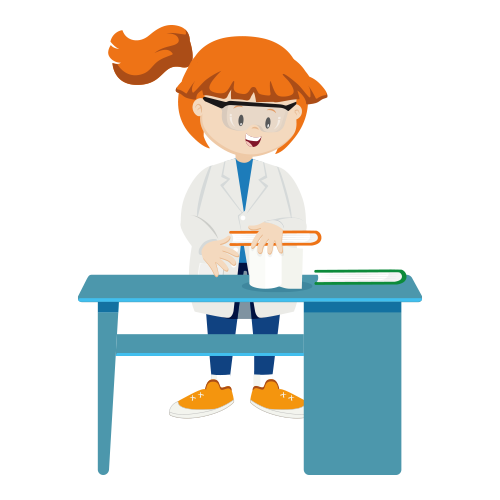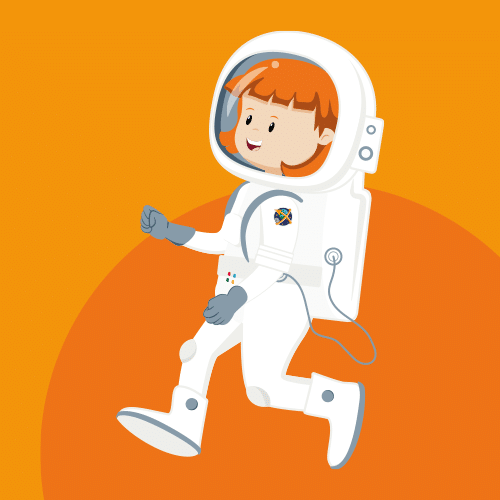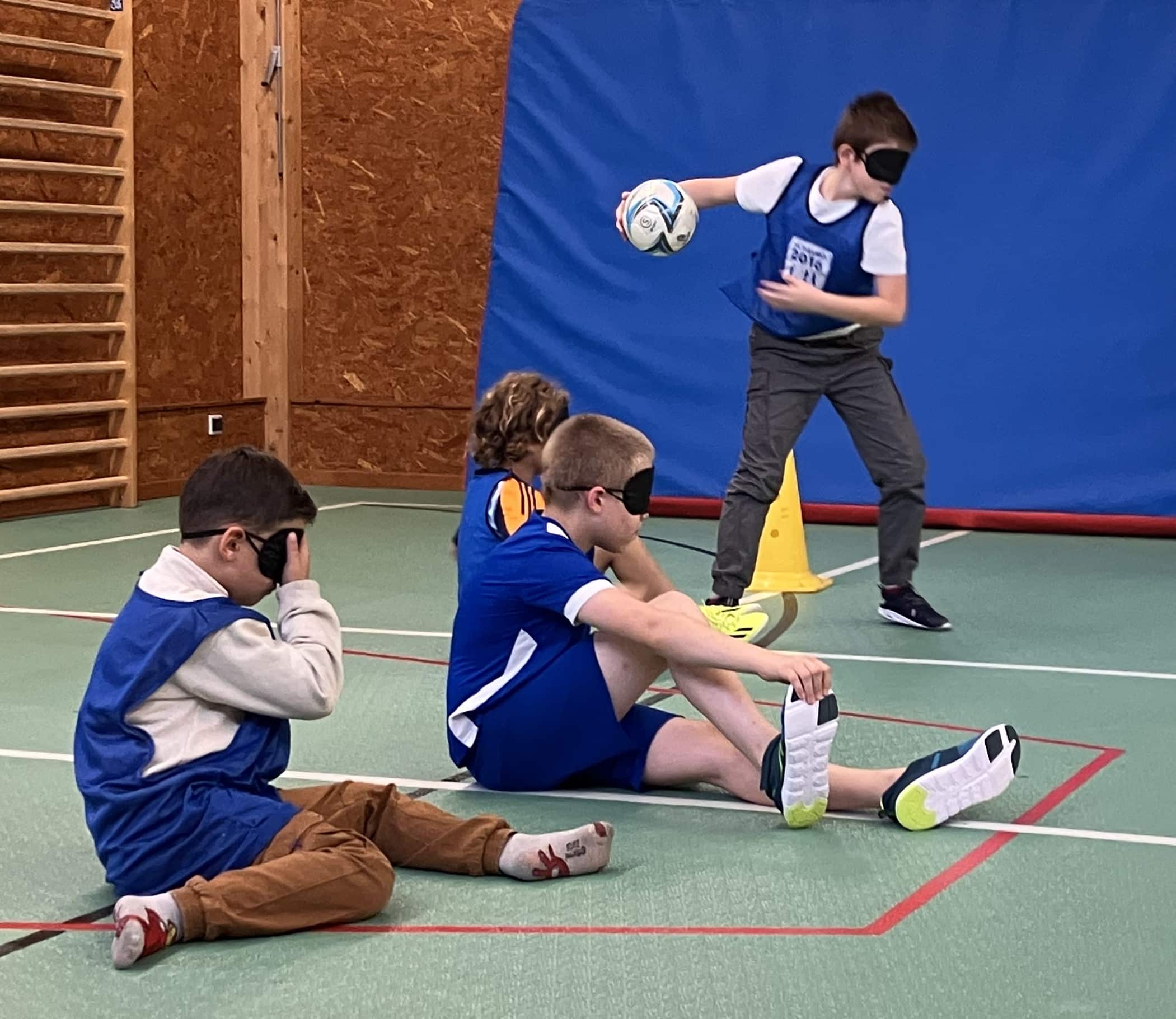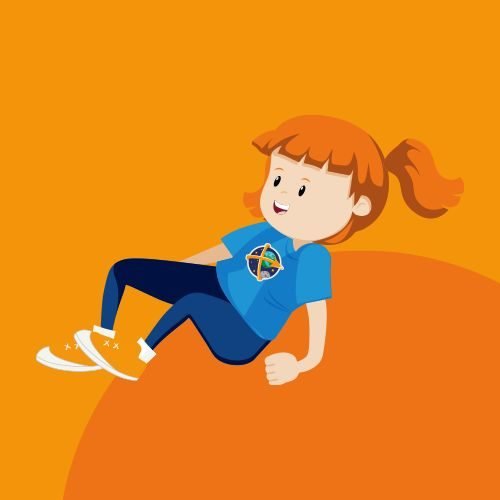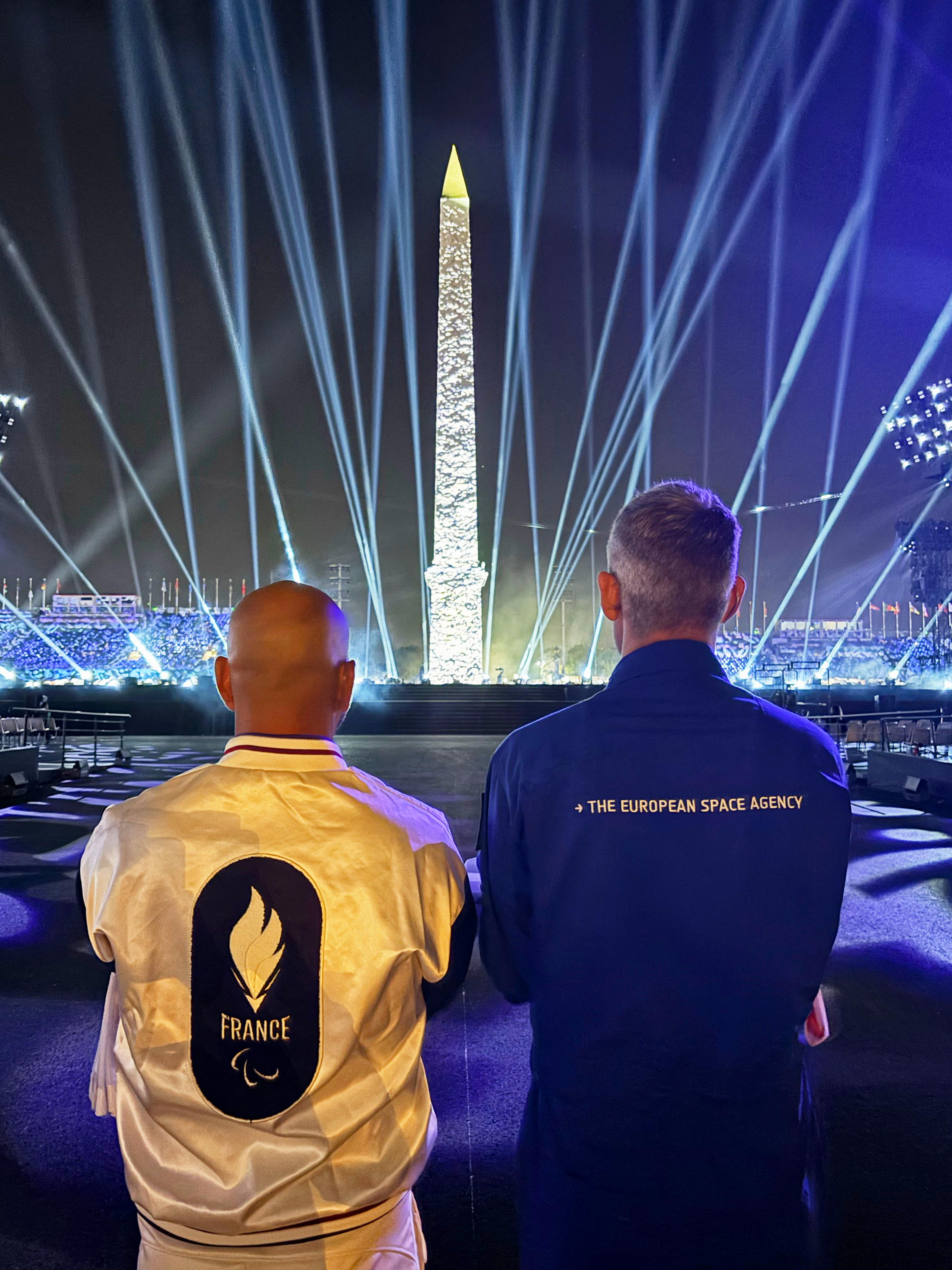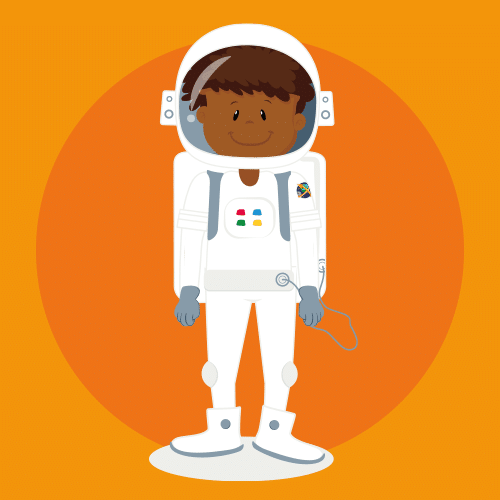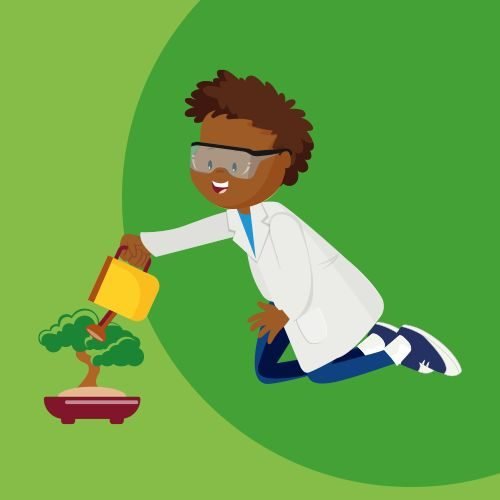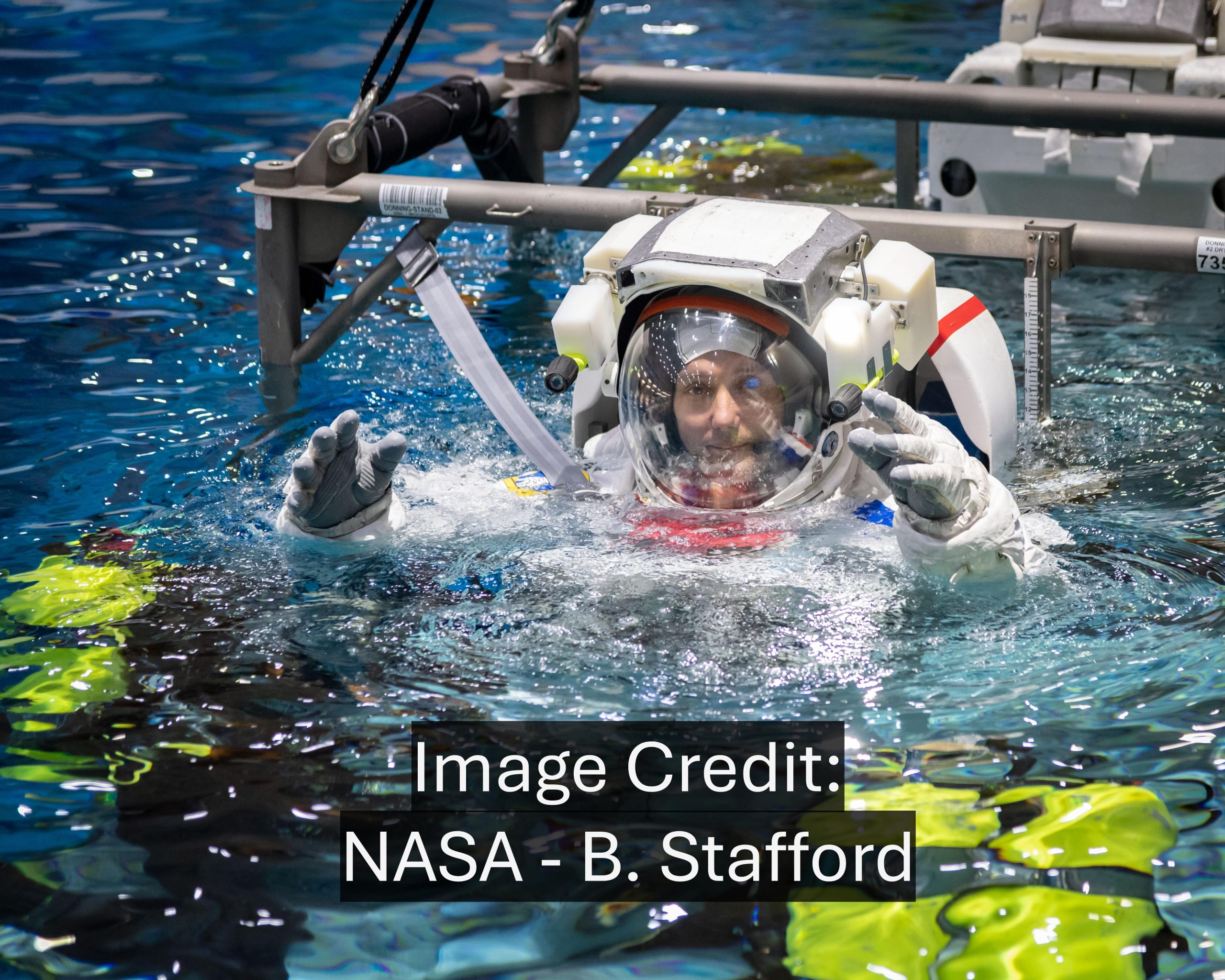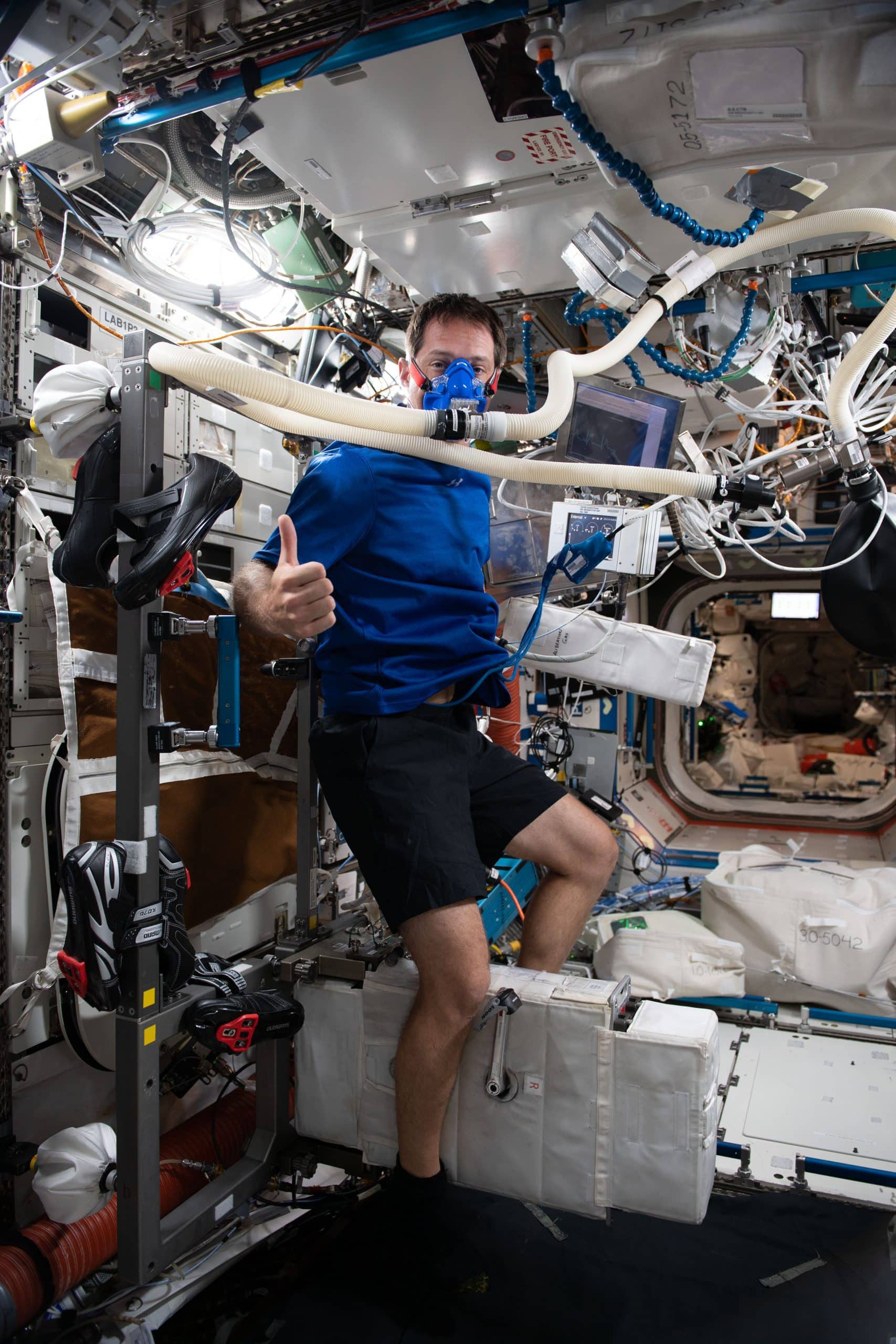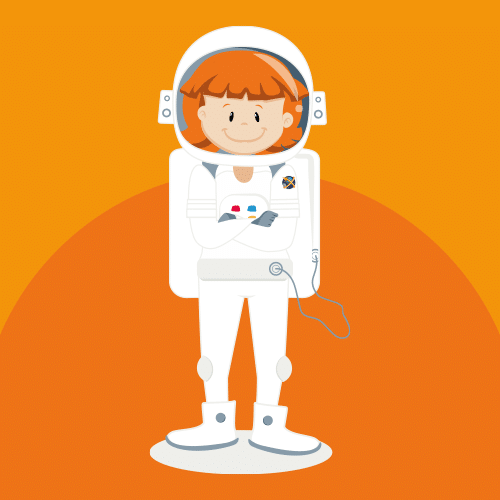Living Bones, Strong Bones
Your Mission: Observe and compare bones, and design bone models to investigate ways to keep bones healthy.
Explorers need strong bones so they can face the physical challenges placed on their bodies while in space. The longer astronauts are in the environment of space, the more weak their bones become due to a lack of loading forces. Bones below the waist are most affected by reduced gravity environments, and the bones located in these areas are more likely to suffer bone loss during spaceflight. It is important for astronauts to train before, during, and after their flight in space to maintain strong bones all their lives. A diet including calcium and Vitamin D also helps astronauts maintain strong bones.
In this investigation, teams will identify ways to keep bones healthy, and observe the effects of reduced gravity on bone models. They will also observe and compare bones, and design bone models using index cards to hold weight.
- Observe bones, and compare bone size relative to the living being in which the bones are found
- Design a bone model, then compare and contrast the weight bearing capacity of their bone model, making inferences about bone structure, weight-bearing bones, and the effects of different environments on those bones
- Per class:
- meter stick
- balance scale
- gram weights
- Per group:
- two snack size zipper-seal bags
- one cooked, clean, dry chicken thigh or leg bone
- centimeter ruler
- five index cards (7.6 x 12.7 cm or 3 x 5 in)
- clear cellophane tape
- cardboard square (approx. 24 x 24 cm or 9.4 x 9.4 in)
- textbooks or reams of paper
- enough aquarium gravel to fill a snack size zipper-seal bag to 1/3 full
- Per student:
- Living Bones, Strong Bones Student Section
- safety glasses or goggles
- red pen
- hand lens
Explore more Mission X activities!
Your Mission Playing sports requires teamwork and preparation. Teammates must work together. In space, astronauts also must react to new …
Your mission: Sharpen your senses to score the most goals and develop your reflexes. This resource was created by CNES, …
Your Mission: Perform the “bear crawl” and “crab walk” to increase muscular strength and improve upper and lower body coordination. …
Your mission: Perform a course immersed in water using only your arms to prepare for your future extravehicular activity! This …
Venus is the most volcanic planet in our solar system and recent research suggests some of these volcanoes are still …
Let’s HIIT the space gym and get ready to sweat! To keep those hearts and lungs healthy, perform a series …
Your Mission: Investigate which factors affect plant growth, and relate these factors to growing plants in space. All the things …
Votre mission: Effectuer un parcours immergé dans l’eau pour préparer pour votre future sortie extravéhiculaire. This resource was created by …
Your mission: Finish the race as quickly as possible using your team spirit! This resource was created by CNES, ESERO …
Your MissionAccumulate a total of 42 km (26.2 mi) as a team, an individual or as a family… it is …

